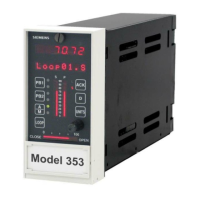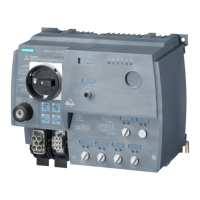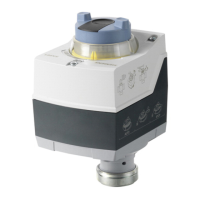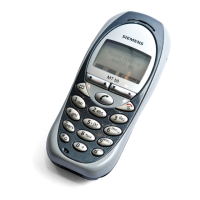EPAC300-M50 SERIES USER’S MANUAL
AUGUST 2005 PAGE 38 OF 46
chassis, and relies only on airflow through the ventilation slots on the rear and
bottom of the chassis.
Avoid installing the EPAC M50-Series directly above heat generating devices, such
as load switches. Make sure the air inlet slots on the rear and bottom of the EPAC
M50-Series are not obstructed, especially below the EPAC M50-Series Power
Supply Module.
9.3.3 Electrostatic Discharge
The second major enemy of electronic parts is electrostatic charge. This is the
same static shock felt when touching a doorknob after walking across a carpet in
the warm dry air indoors in winter. A static shock that results when a finger
touches an electronic part instead of the doorknob can easily destroy several
electronic devices. What is worse, the shock very often weakens the part, causing
it to fail months or years later.
The reason electronic parts are susceptible today when the tubes and transistors
of old were not, is due to the incredibly low power levels involved. The amplitude of
the input signals of modern Metal-Oxide Silicon (MOS) devices used in the EPAC
M50-Series are 5 volts at 10 picoamps. One one-millionth of one one-millionth of an
amp, multiplied by 5 volts is very little power. The tiny transistors that are happy
operating at these power levels are obliterated by a static spark.
MOS devices are NOT THE ONLY electronic components that can be damaged by
static electricity! Technology trends toward greater complexity, increased density,
and thinner insulators result in parts becoming more sensitive to electrostatic
discharge damage. Some components can be destroyed or damaged by as little as
20 volts of static electricity. (it requires more than 3500 volts before you can feel it.)
Electrostatic discharge damage can happen anywhere, while installing modules in
the field or working on equipment in the shop. (Be aware: You can inflict
electrostatic discharge damage by simply touching runners and edge connectors
which lead to static sensitive components!) To insure that your Siemens
equipment remains as static free as the day you received it, follow these simple
procedures:
1. Minimize handling of all modules and semiconductors. When they are handled,
make sure it is only done at a static-free work station, and personnel are
properly grounded. 3M and other brands of anti-static mats are available at
electronic distributors that are used to cover the work bench. The mats have a
grounded conductor wire that is attached to the mat, continually draining static
charge.
2. Keep parts and modules in their original containers until you are ready to use
them. Siemens purchases all electronic parts in anti-static containers, uses anti-
static workstations, and ships all finished products in anti-static bags, or metal

